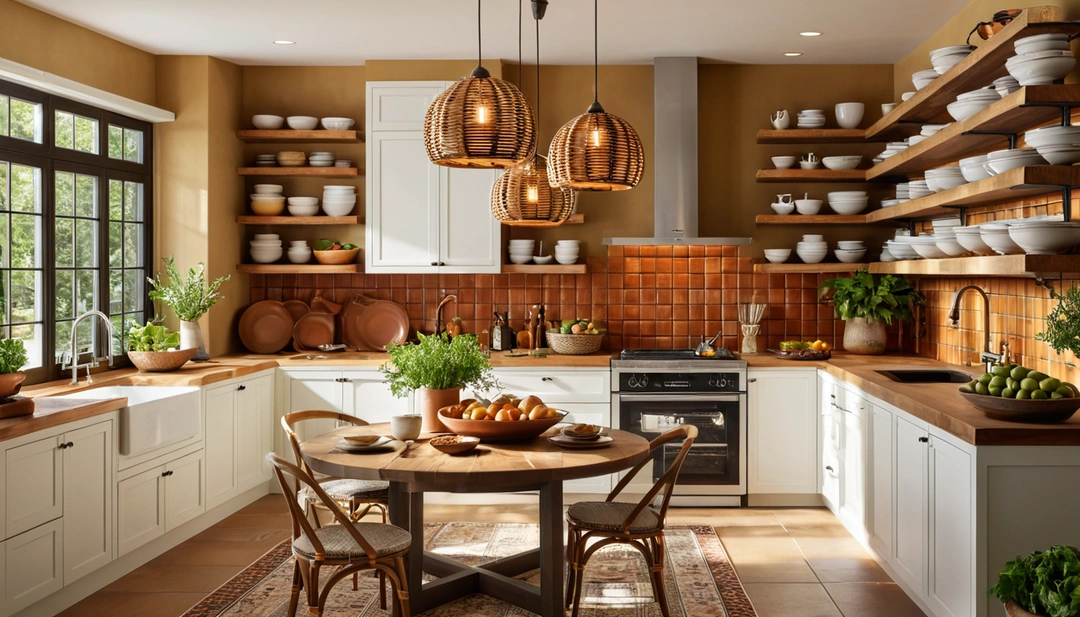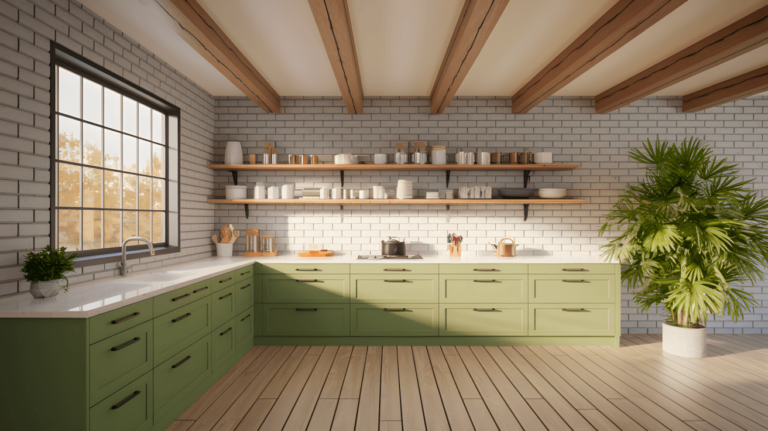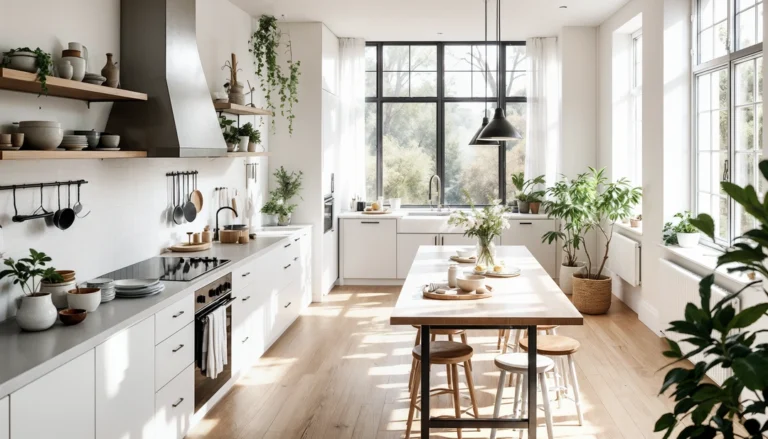In my experience working with homeowners on kitchen renovations that incorporate Spanish colonial and Mexican design influences, I’ve observed that modern hacienda-style kitchens often create some of the most warm and culturally rich environments. Through various projects, I’ve learned that this design approach typically combines traditional hacienda elements with contemporary functionality while maintaining the authentic charm and rustic elegance that defines this architectural style.
Note: For any electrical work, plumbing installations, structural modifications, or major appliance installations mentioned in this article, always consult with licensed professionals to ensure safety, code compliance, and proper installation.
What makes modern hacienda kitchen design particularly appealing is its emphasis on natural materials, handcrafted details, and warm color palettes while incorporating contemporary appliances and efficient layouts. I’ve found that homeowners often choose this approach because it typically creates spaces that feel both historically rooted and functionally modern, allowing for comfortable daily living within culturally authentic environments.
The key to successful modern hacienda kitchen design often lies in balancing traditional elements like hand-painted tiles, natural wood, and wrought iron with contemporary features such as efficient layouts, modern appliances, and updated safety standards. Effective designs typically celebrate Mexican and Spanish craftsmanship while ensuring practical functionality for contemporary cooking and entertaining needs.
Here are 15 modern hacienda kitchen design concepts that often work well in various home styles and budgets, based on observations from numerous Spanish colonial-inspired kitchen renovation projects.
1. Warm Earth-Tone Integration: Natural Color Foundation
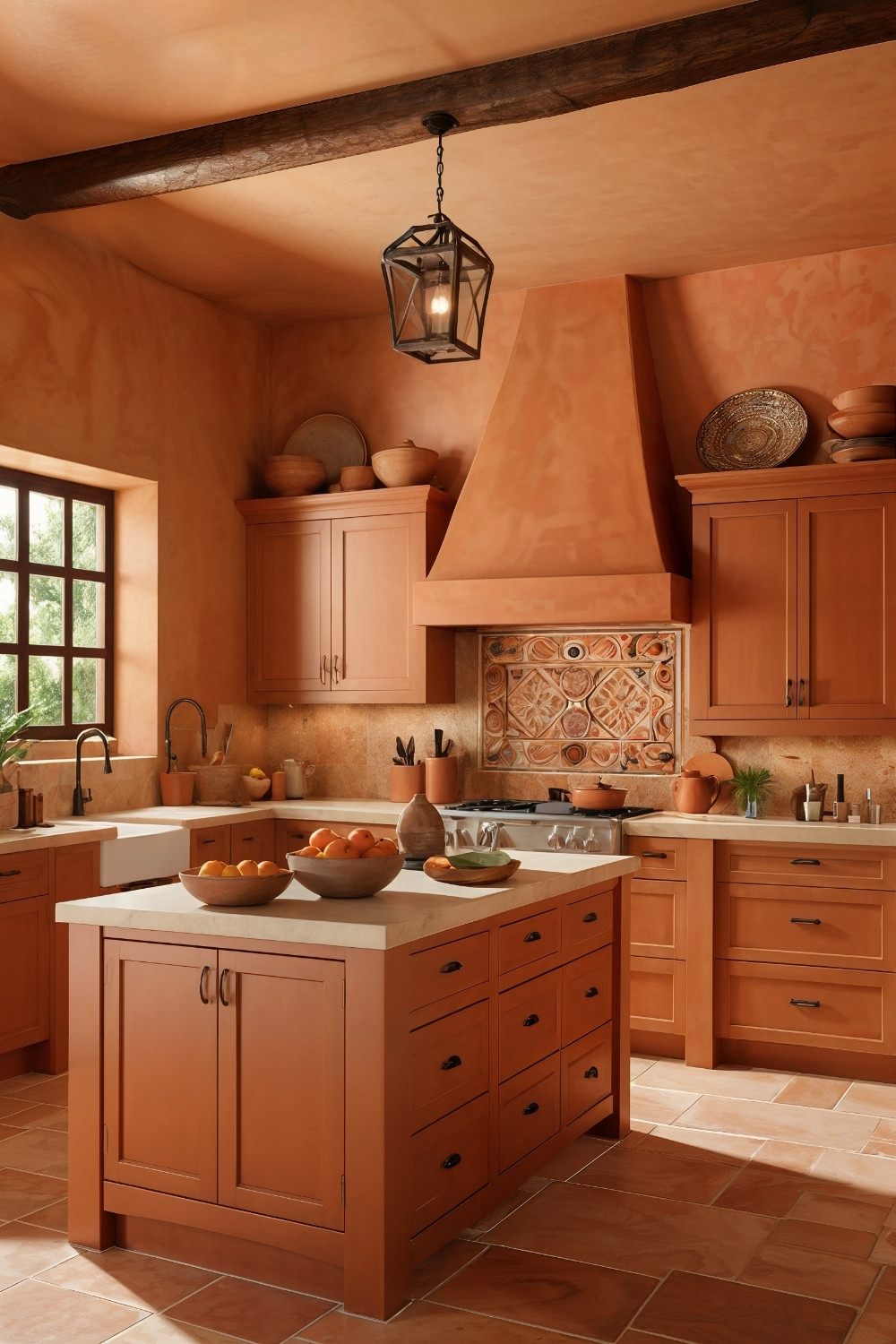
This color strategy often appeals to homeowners seeking authentic hacienda character. Terracotta, sandy beige, and muted orange palettes typically evoke traditional Spanish colonial warmth while creating cozy, inviting environments.
Design consideration: Earth-tone schemes often require balance with lighter accents to prevent overwhelming small spaces, while warm colors typically need adequate lighting to maintain brightness and prevent dark appearances.
Practical benefit: Natural color palettes often age gracefully and coordinate easily with changing décor, while warm tones typically create psychologically comforting environments that encourage family gathering and entertaining.
2. Natural Wood Character Integration: Rustic Texture Addition
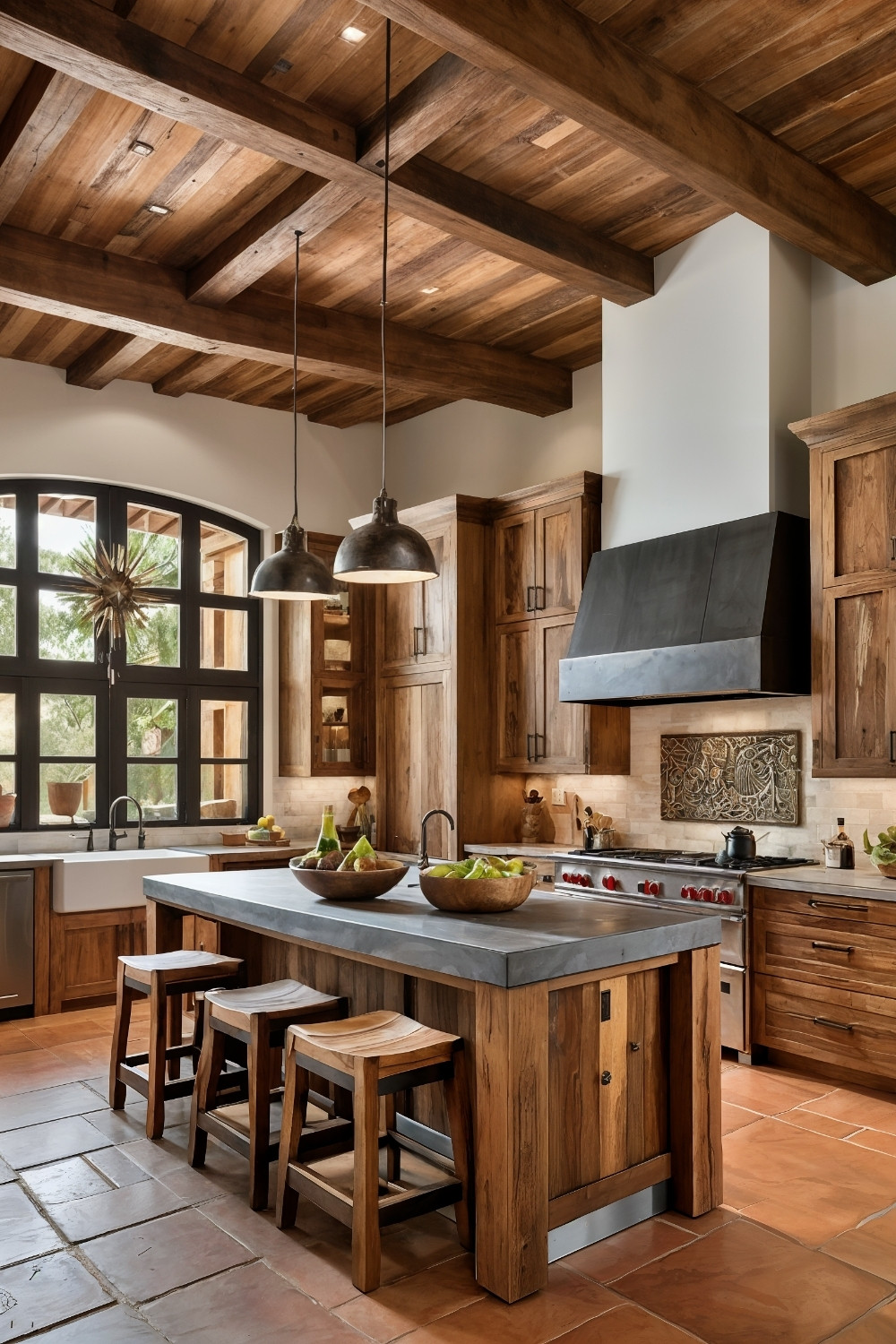
This material approach often appeals to homeowners wanting authentic organic elements. Exposed beams, wooden cabinetry, and reclaimed wood features typically add textural interest while balancing contemporary finishes with traditional materials.
Design consideration: Kitchen wood installations often require appropriate sealing and maintenance for moisture and heat resistance, while reclaimed materials typically need professional evaluation for structural integrity and safety.
Practical benefit: Quality wood elements often improve with age and develop character over time, while natural materials typically create healthier indoor environments and timeless appeal that adapts to evolving tastes.
3. Handcrafted Tile Integration: Artisanal Pattern Features
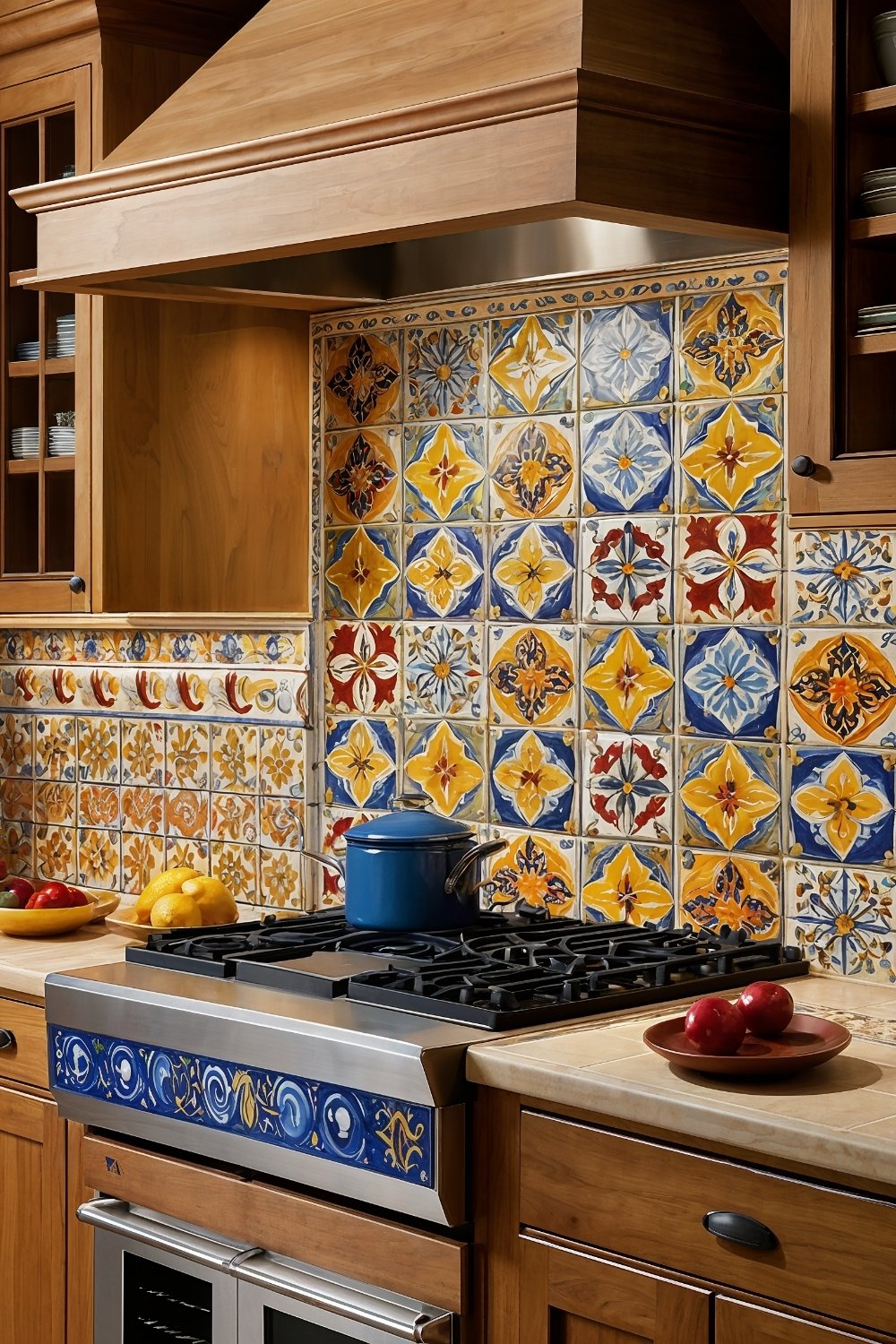
This decorative strategy often appeals to homeowners appreciating traditional Mexican ceramic artistry. Hand-painted tiles in backsplashes or accent areas typically provide authentic cultural elements while creating stunning visual focal points.
Design consideration: Authentic handcrafted tiles often require specialized installation and appropriate sealing, while intricate patterns typically need careful coordination with other design elements to avoid visual overwhelm.
Practical benefit: Quality tile installations often provide durable, easy-to-clean surfaces, while artisanal elements typically create unique, irreplaceable character that reflects cultural appreciation and individual taste.
4. Open Display Storage: Accessible Organization Systems
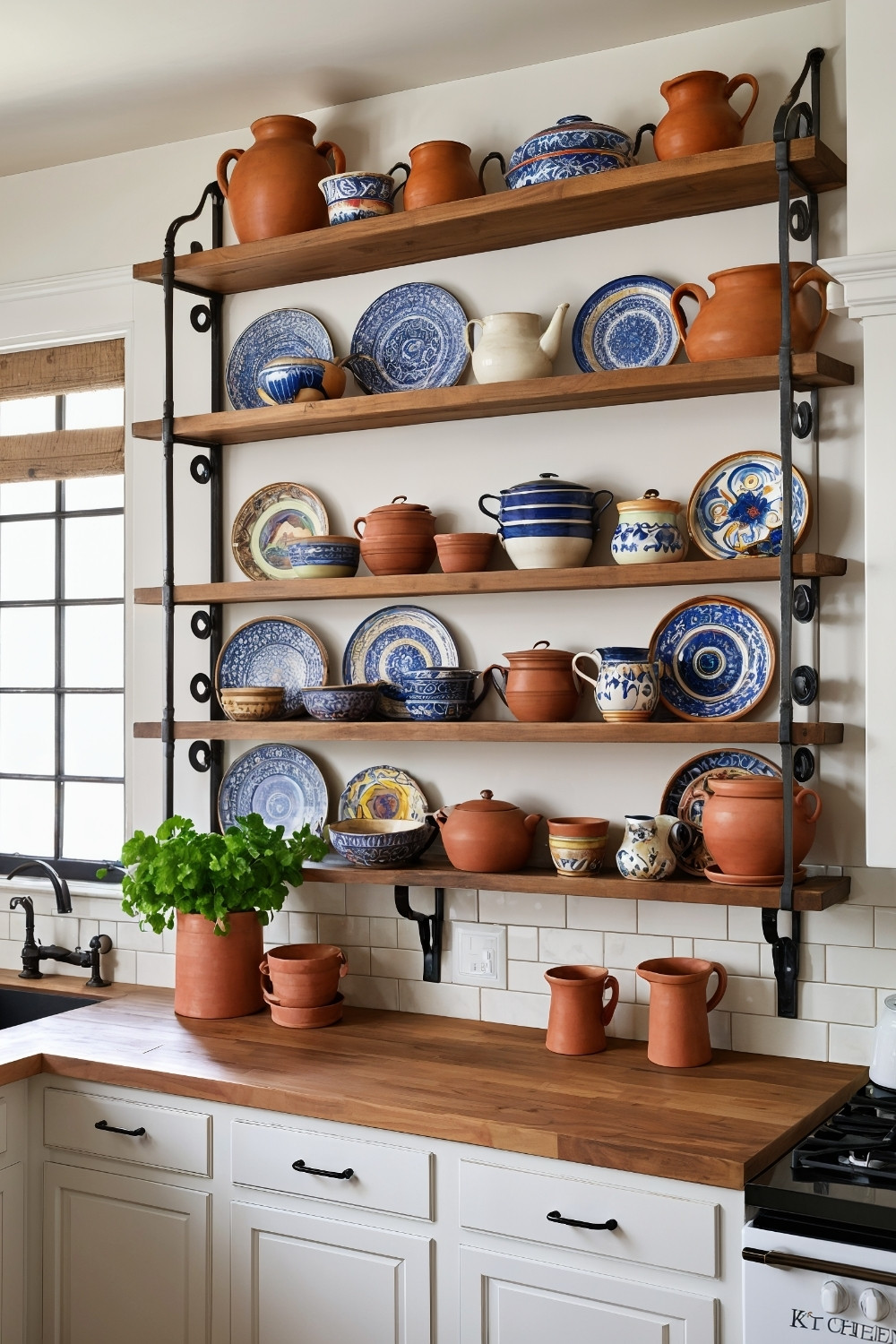
This storage philosophy often appeals to homeowners prioritizing accessibility and cultural artifact display. Open shelving in natural wood or wrought iron typically showcases collections while creating more casual, lived-in environments.
Design consideration: Open storage often requires consistent organization and regular maintenance, while displayed items typically need protection from cooking grease and moisture in active kitchen areas.
Practical benefit: Accessible storage often improves cooking efficiency, while display opportunities typically allow for cultural expression and easy access to frequently used items and meaningful objects.
5. Architectural Detail Integration: Traditional Structural Elements
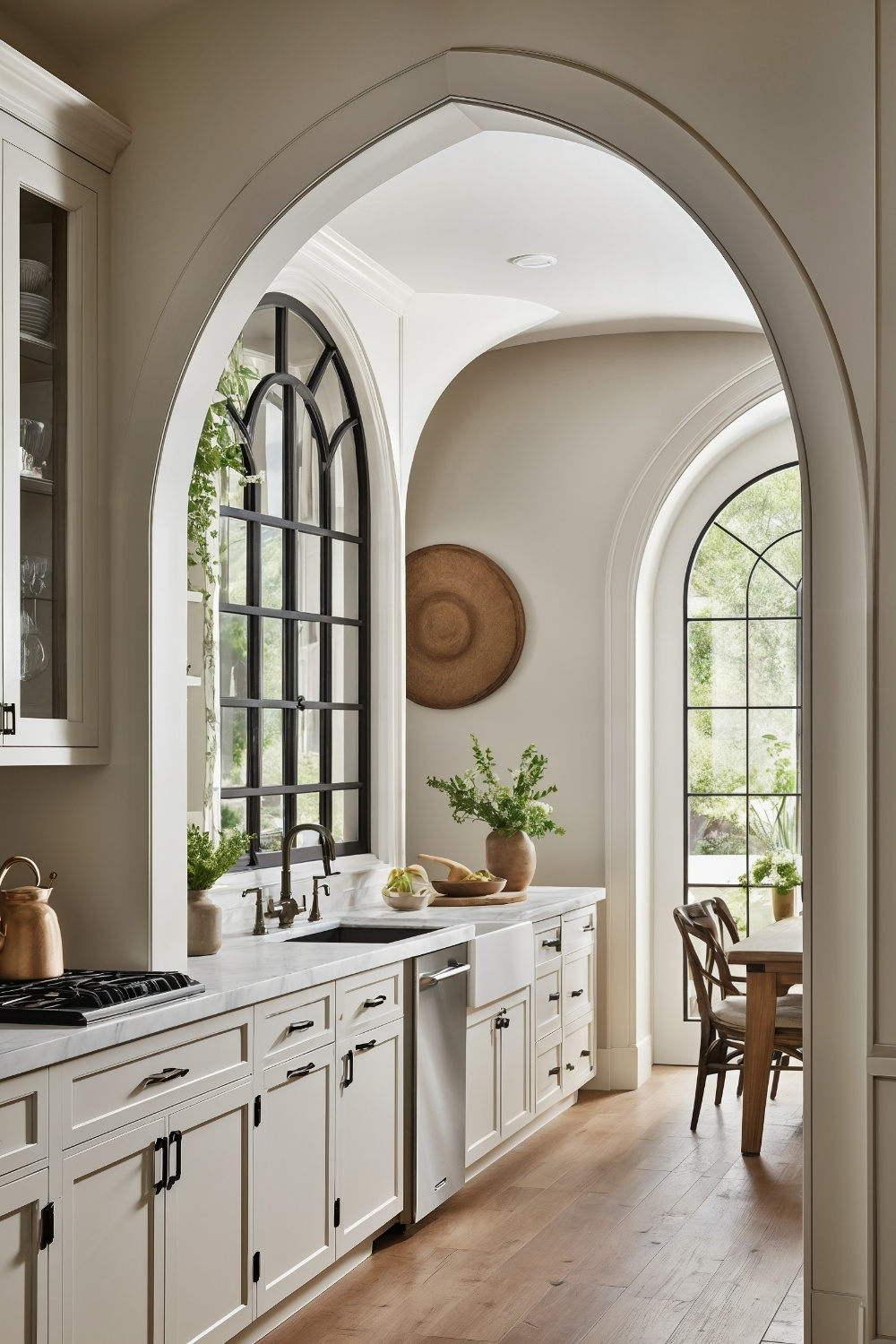
This design approach often appeals to homeowners seeking authentic Spanish colonial character. Arched doorways, curved openings, and traditional proportions typically create architectural flow while honoring historical design precedents.
Design consideration: Architectural modifications often require structural engineering evaluation and professional installation, while traditional details typically need coordination with modern building codes and safety requirements.
Practical benefit: Authentic architectural elements often increase property value significantly, while traditional features typically create distinctive character that cannot be replicated with surface treatments alone.
6. Wrought Iron Accent Integration: Traditional Metalwork Features
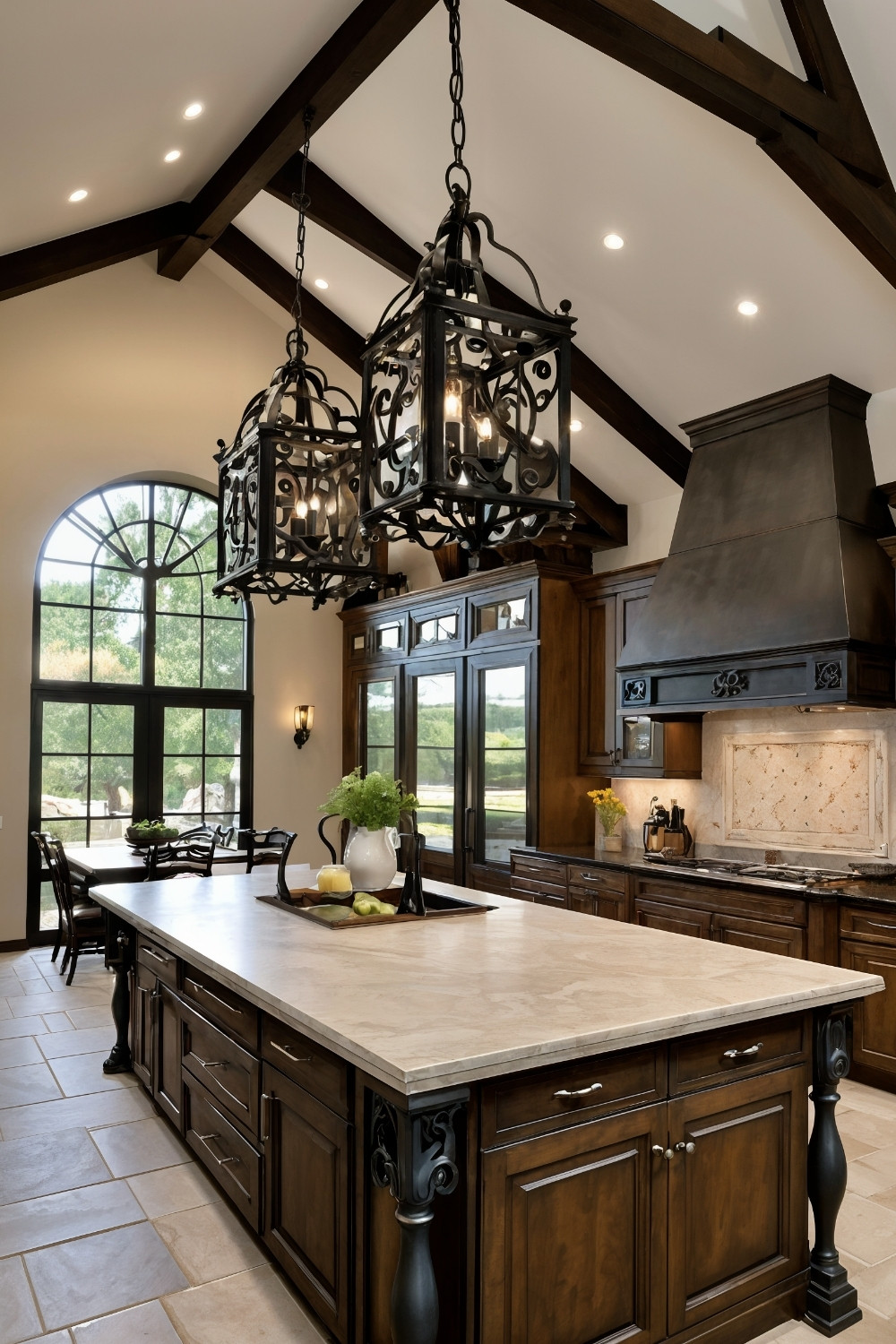
This material strategy often appeals to homeowners appreciating handcrafted Spanish colonial details. Iron fixtures, hardware, and decorative elements typically provide authentic character while creating sophisticated contrast with wood and tile elements.
Design consideration: Wrought iron elements often require regular maintenance to prevent rust and corrosion, while custom metalwork typically needs skilled artisans for authentic appearance and proper installation.
Practical benefit: Quality ironwork often provides exceptional durability and longevity, while traditional metalwork typically creates distinctive character that reflects cultural heritage and artisanal craftsmanship.
7. Traditional Flooring Systems: Authentic Surface Materials
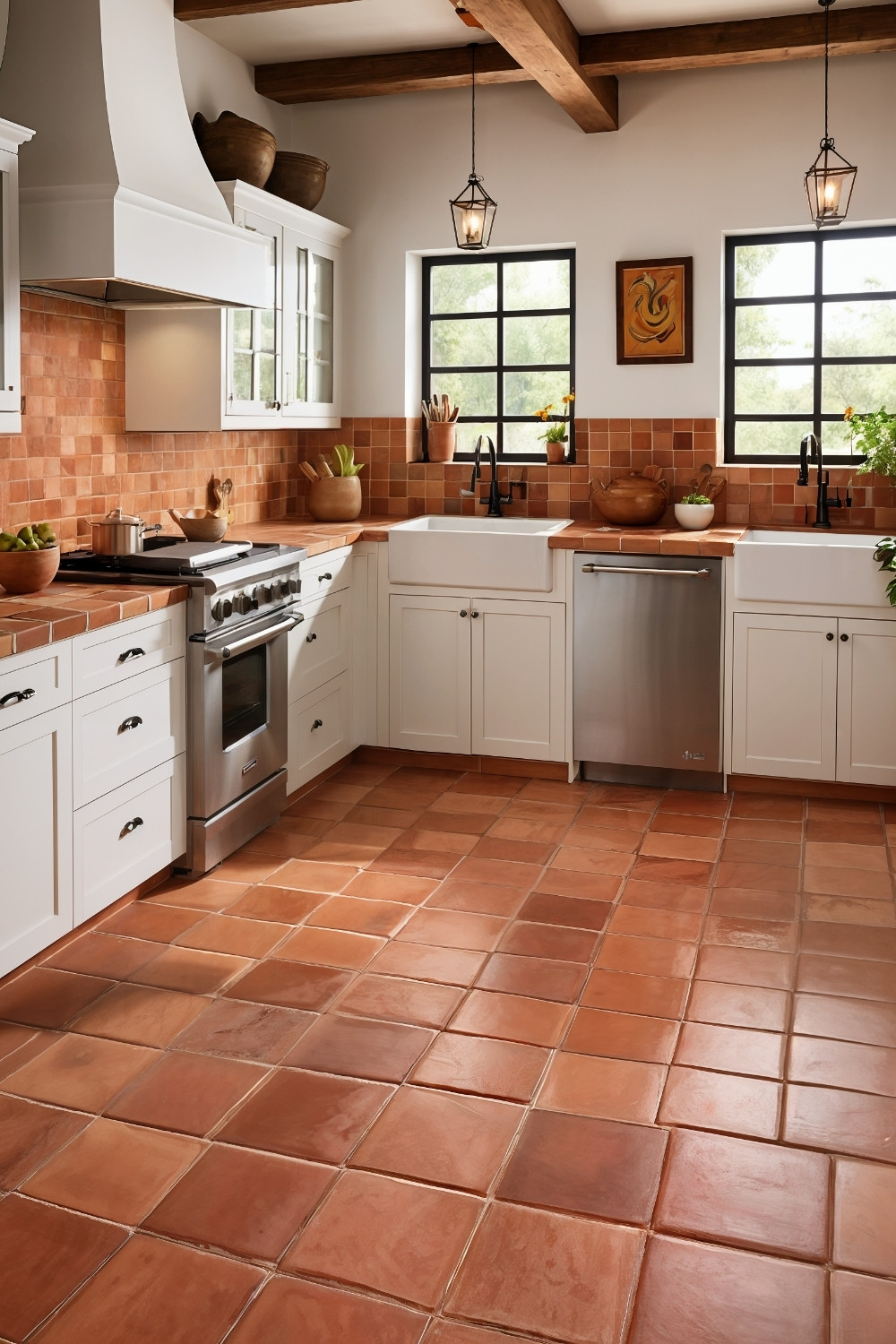
This foundation approach often appeals to homeowners seeking genuine hacienda character. Saltillo tiles, terracotta surfaces, and handcrafted ceramic flooring typically provide authentic warmth while honoring traditional construction methods.
Design consideration: Traditional tile flooring often requires professional installation and appropriate sealing, while handcrafted materials typically have variations that need accommodation in layout and finishing.
Practical benefit: Quality ceramic flooring often provides excellent durability and easy maintenance, while traditional materials typically develop attractive patina and character that improves with age and use.
8. Statement Lighting Features: Dramatic Illumination Elements
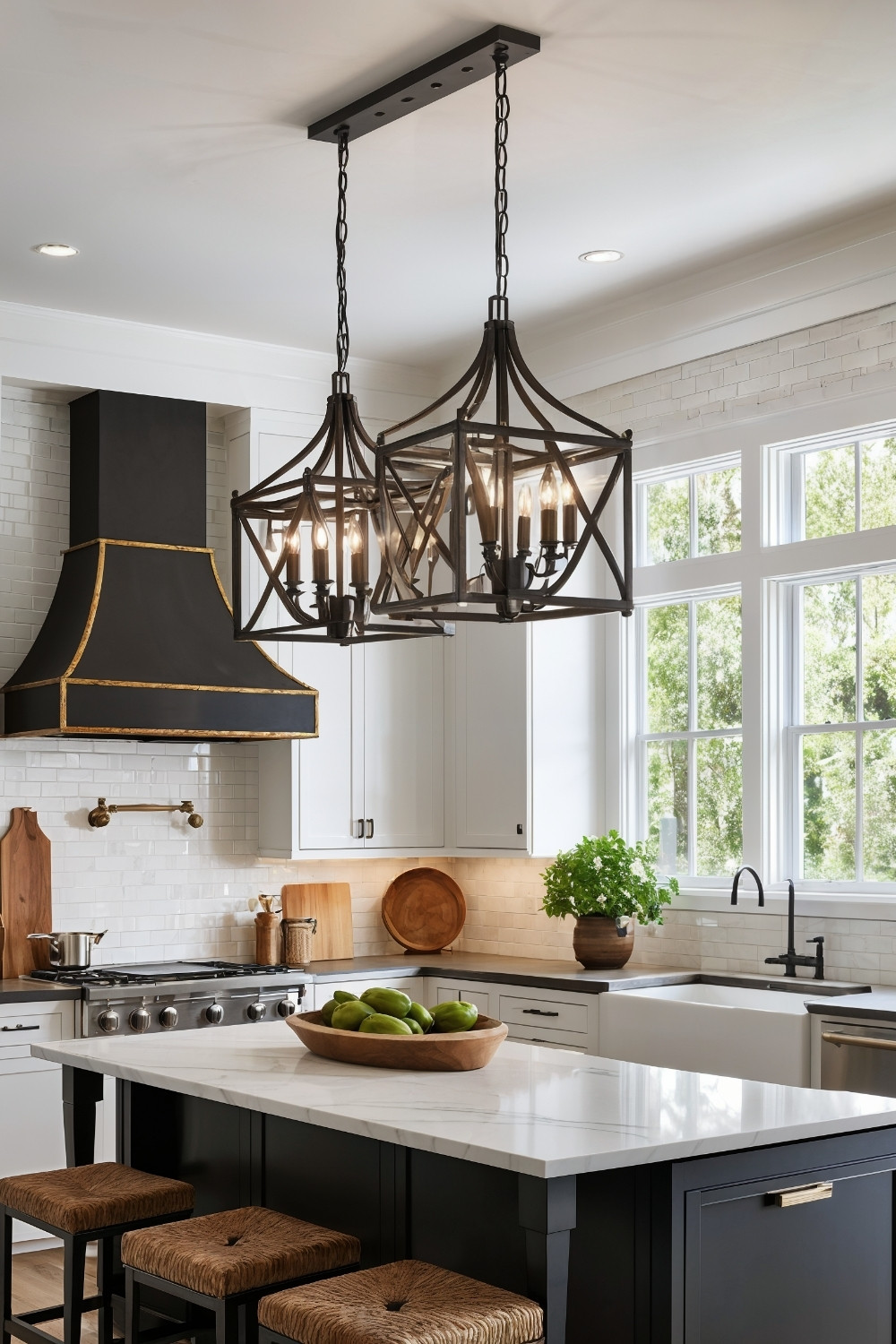
This lighting strategy often appeals to homeowners seeking both function and cultural character. Wrought iron chandeliers, rustic pendant lights, and traditional fixtures typically provide necessary illumination while enhancing hacienda aesthetics.
Design consideration: Statement lighting often requires adequate structural support and professional electrical installation, while large fixtures typically need coordination with ceiling heights and room proportions.
Practical benefit: Quality lighting fixtures often provide long-term performance and become distinctive architectural features, while traditional designs typically create focal points that anchor overall design themes.
9. Heritage Appliance Integration: Modern Function with Traditional Style
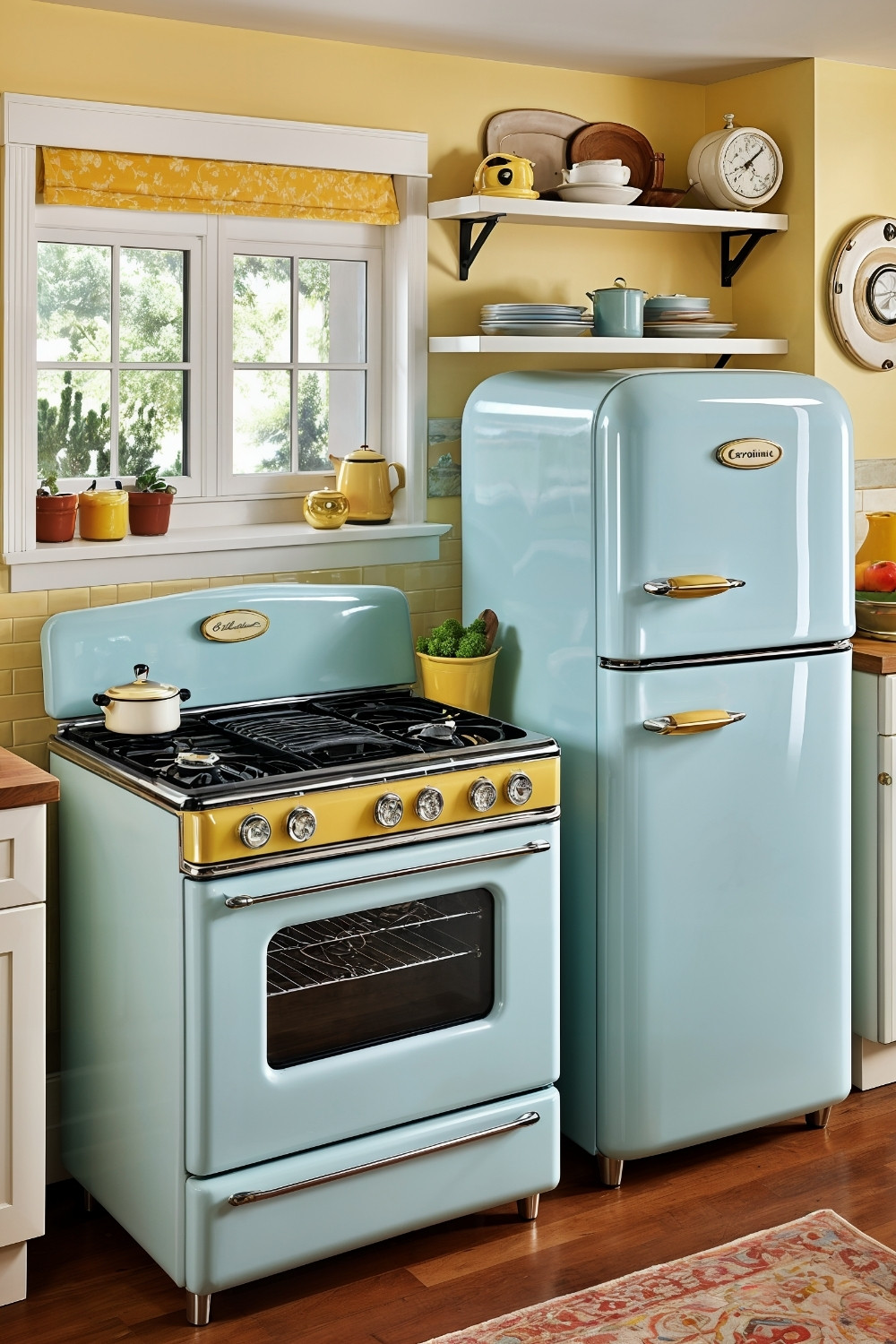
This equipment approach often appeals to homeowners wanting contemporary performance with period-appropriate appearance. Vintage-inspired ranges, retro-style refrigerators, and traditional-looking appliances typically provide modern efficiency while maintaining design authenticity.
Design consideration: Specialty appliances often require higher investment and may have limited service availability, while vintage styling typically needs coordination with other contemporary elements for balance.
Practical benefit: Quality appliances often provide excellent performance and reliability, while distinctive styling typically creates memorable focal points that enhance overall kitchen character.
10. Textural Surface Integration: Depth-Creating Background Elements
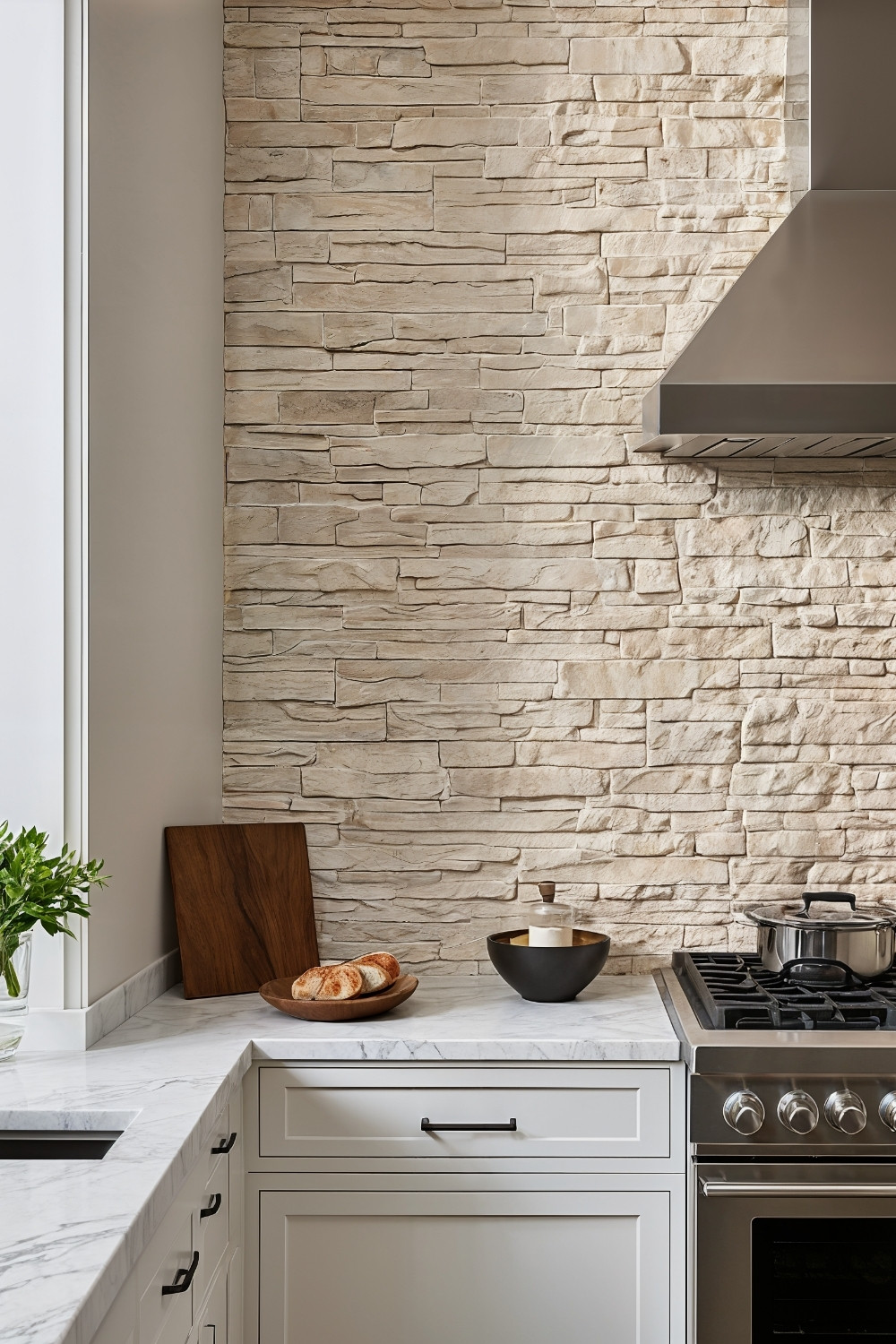
This surface strategy often appeals to homeowners seeking authentic rustic character. Stone backsplashes, weathered brick, and textured stucco typically add visual depth while maintaining traditional construction material references.
Design consideration: Textured surfaces often require specialized cleaning and maintenance, while rough materials typically need appropriate sealing to prevent staining and deterioration in kitchen environments.
Practical benefit: Natural surface textures often hide normal kitchen wear better than smooth finishes, while authentic materials typically create distinctive character that cannot be replicated with manufactured alternatives.
11. Spanish Colonial Detail Integration: Cultural Heritage Elements
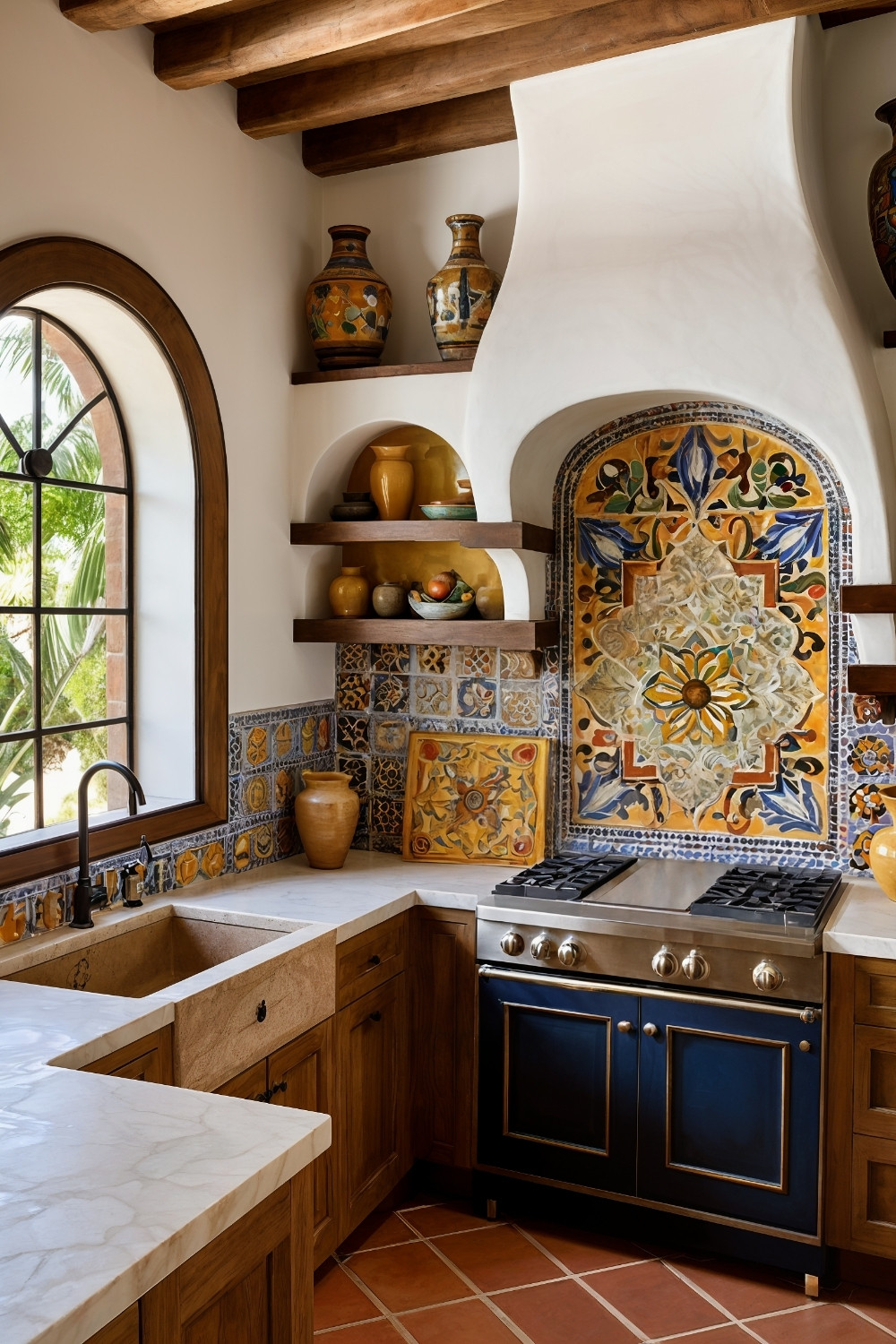
This decorative approach often appeals to homeowners appreciating historical design traditions. Stucco walls, colorful mosaics, and decorative pottery typically honor Spanish colonial heritage while creating culturally rich environments.
Design consideration: Traditional techniques often require skilled artisans familiar with historical methods, while cultural elements typically need authentic sourcing and appropriate application for respectful representation.
Practical benefit: Cultural authenticity often provides educational value and conversation opportunities, while traditional elements typically create distinctive environments that reflect appreciation for Mexican and Spanish heritage.
12. Copper Element Integration: Warm Metal Accent Features
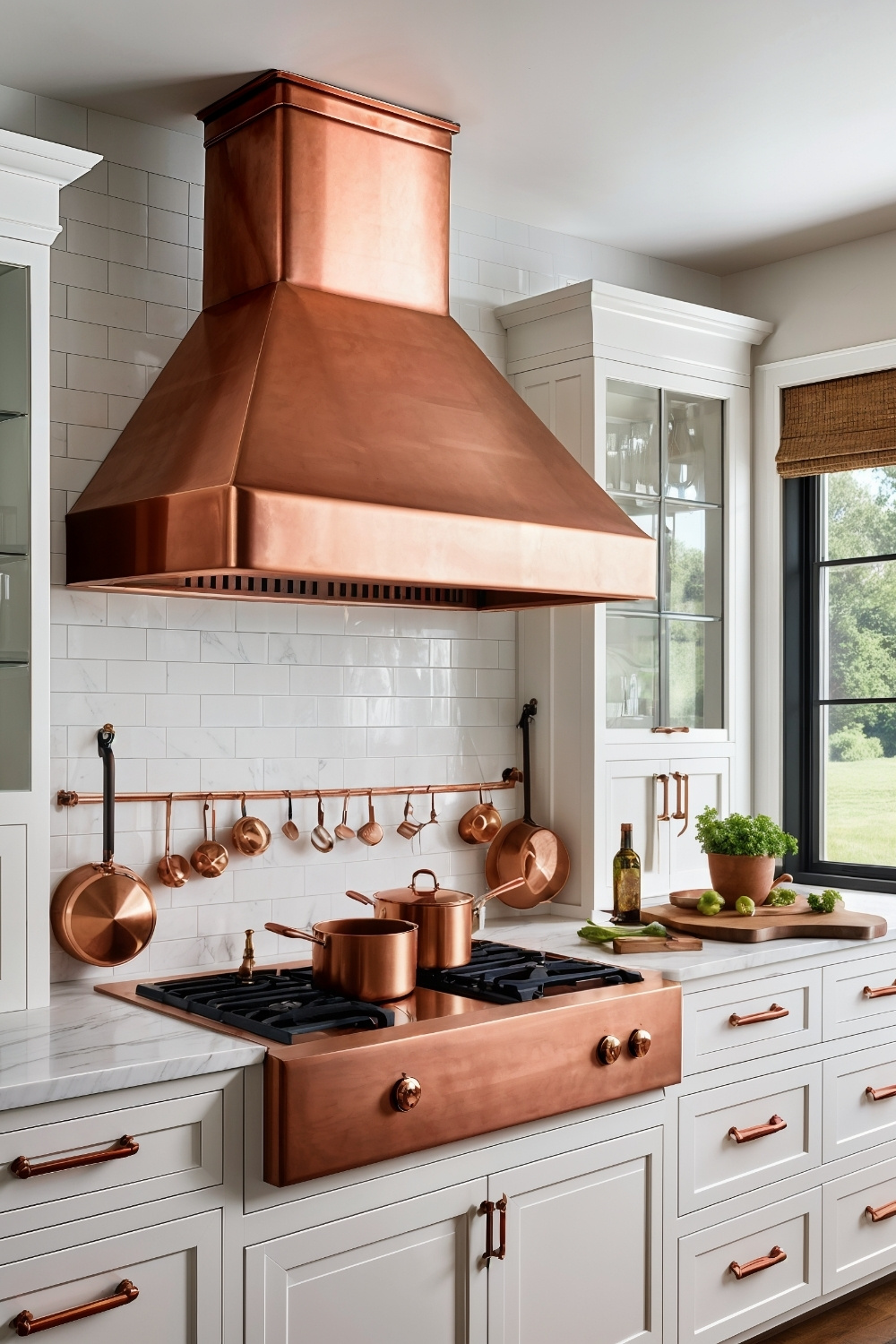
This material approach often appeals to homeowners seeking luxury within rustic frameworks. Copper range hoods, sinks, and decorative elements typically provide sophisticated warmth while developing attractive patina over time.
Design consideration: Copper installations often require specialized maintenance and finishing, while metal elements typically need consideration of galvanic corrosion when combined with other materials.
Practical benefit: Quality copper installations often develop beautiful natural aging characteristics, while traditional materials typically provide unique character that improves with use and time.
13. Indoor-Outdoor Connection: Natural Environment Integration
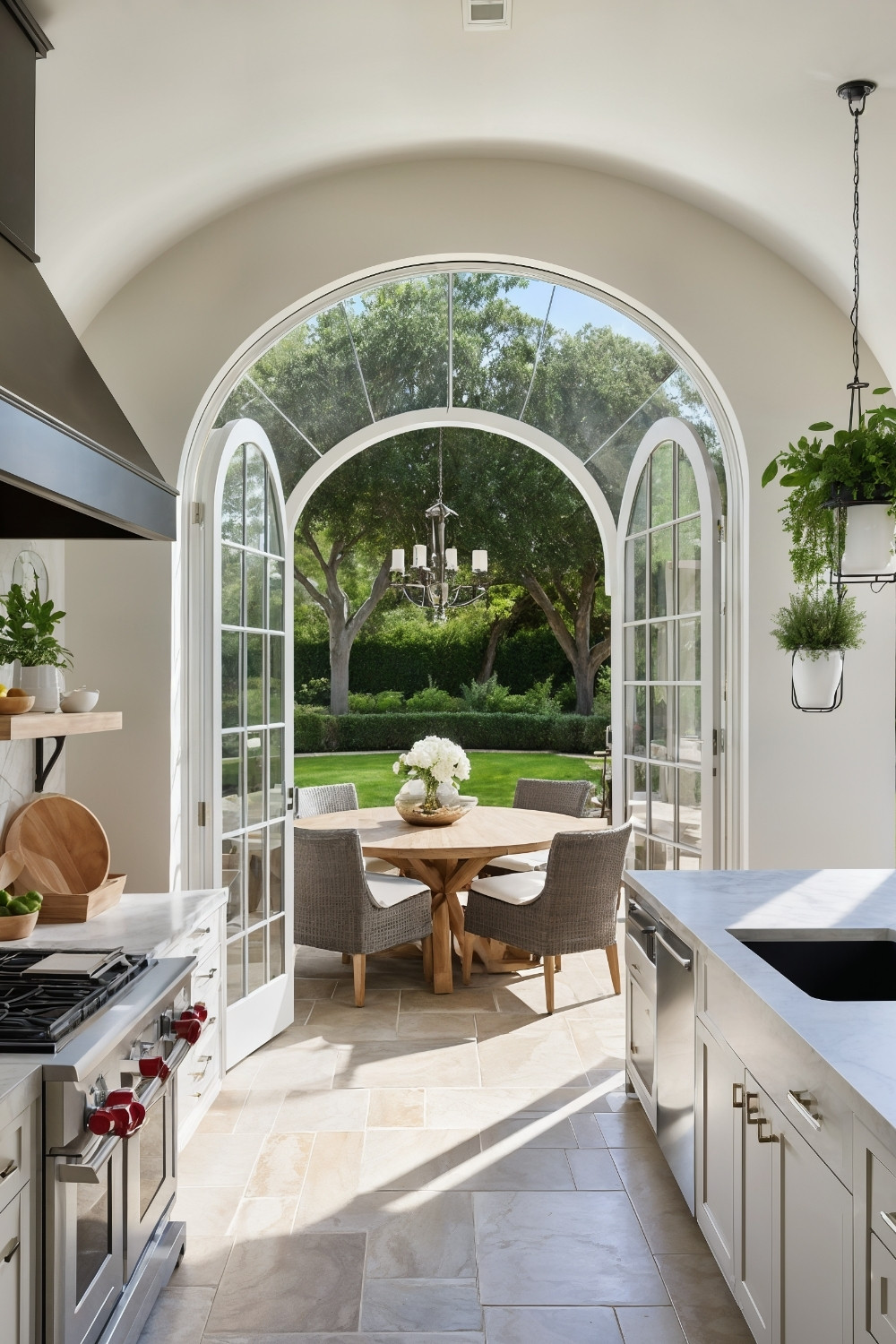
This spatial philosophy often appeals to homeowners seeking stronger connections to natural settings. Large windows, opening walls, and outdoor access typically blur boundaries between interior and exterior environments.
Design consideration: Indoor-outdoor integration often requires weatherproofing and climate control planning, while large openings typically need appropriate treatments for privacy and energy efficiency.
Practical benefit: Natural connections often enhance daily living experiences, while outdoor access typically extends functional living space and improves psychological well-being through nature exposure.
14. Curved Design Integration: Organic Architectural Elements
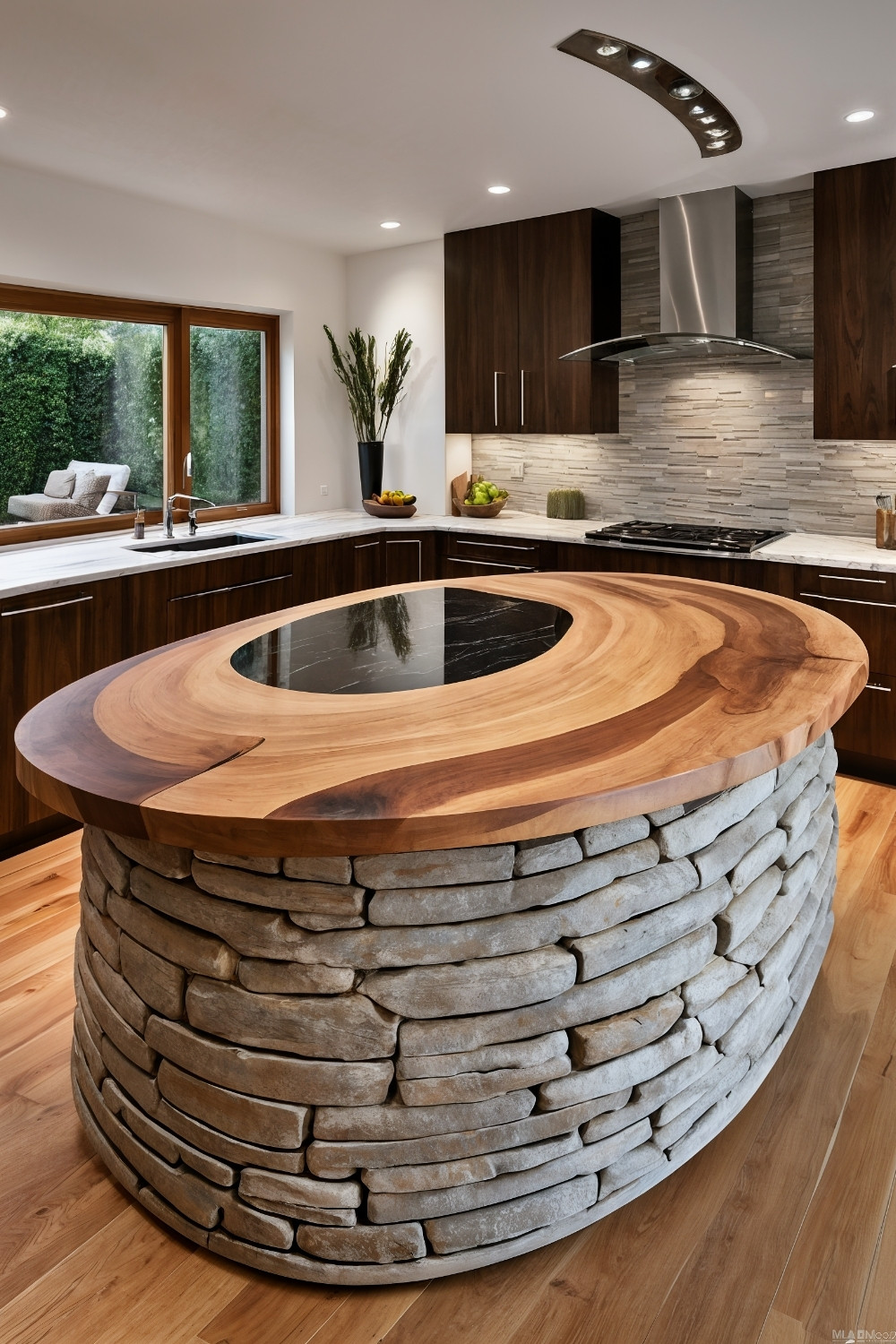
This structural approach often appeals to homeowners seeking softer, more organic spatial design. Curved islands, rounded corners, and flowing lines typically contrast with angular contemporary elements while honoring traditional hacienda proportions.
Design consideration: Curved construction often requires specialized fabrication and installation techniques, while organic shapes typically need careful coordination with appliance placement and functional requirements.
Practical benefit: Curved elements often create more interesting spatial flow and improved traffic patterns, while organic shapes typically provide safer navigation and softer, more welcoming environments.
15. Textile Comfort Integration: Softening Element Addition
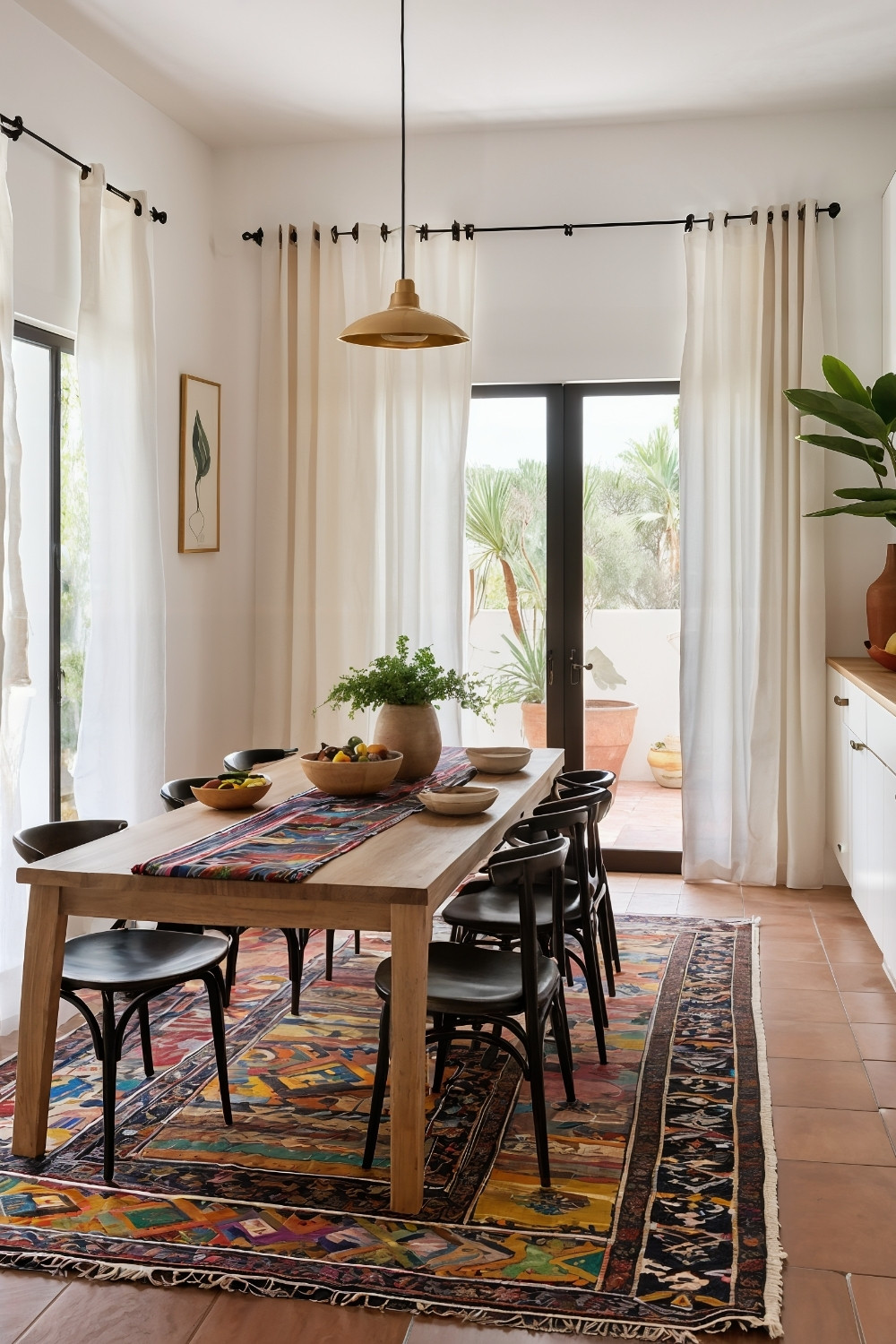
This comfort strategy often appeals to homeowners wanting to balance hard surfaces with softer elements. Patterned rugs, natural fiber curtains, and woven accents typically add warmth while maintaining cultural authenticity.
Design consideration: Kitchen textiles often require frequent cleaning and replacement due to cooking conditions, while natural materials typically need appropriate care to preserve colors and structural integrity.
Practical benefit: Soft elements often improve comfort and acoustic properties, while easily changeable textiles typically provide affordable ways to update seasonal décor and enhance cultural themes.
Creating Your Modern Hacienda Kitchen
Understanding these design principles often helps homeowners create kitchens that successfully balance authentic Spanish colonial character with contemporary functionality and efficiency. Effective implementations typically start with architectural planning and authentic material selection, then layer in cultural details and modern conveniences.
Successful modern hacienda kitchen projects often prioritize quality traditional elements and skilled craftsmanship while ensuring designs meet current cooking needs and building standards. The result typically creates distinctive, culturally rich environments that honor Mexican and Spanish heritage while providing exceptional functionality for modern families.
When planning your hacienda-style kitchen renovation, consider how these elements work together to create cohesive designs that reflect both cultural appreciation and practical lifestyle needs. The most effective designs often balance authentic craftsmanship with contemporary efficiency while ensuring long-term durability and respectful cultural representation.
Remember: For any electrical work, plumbing installations, structural modifications, or appliance connections related to hacienda kitchen renovations, always consult with licensed professionals including contractors, electricians, and plumbers to ensure proper installation, safety compliance, and adherence to local building codes.

